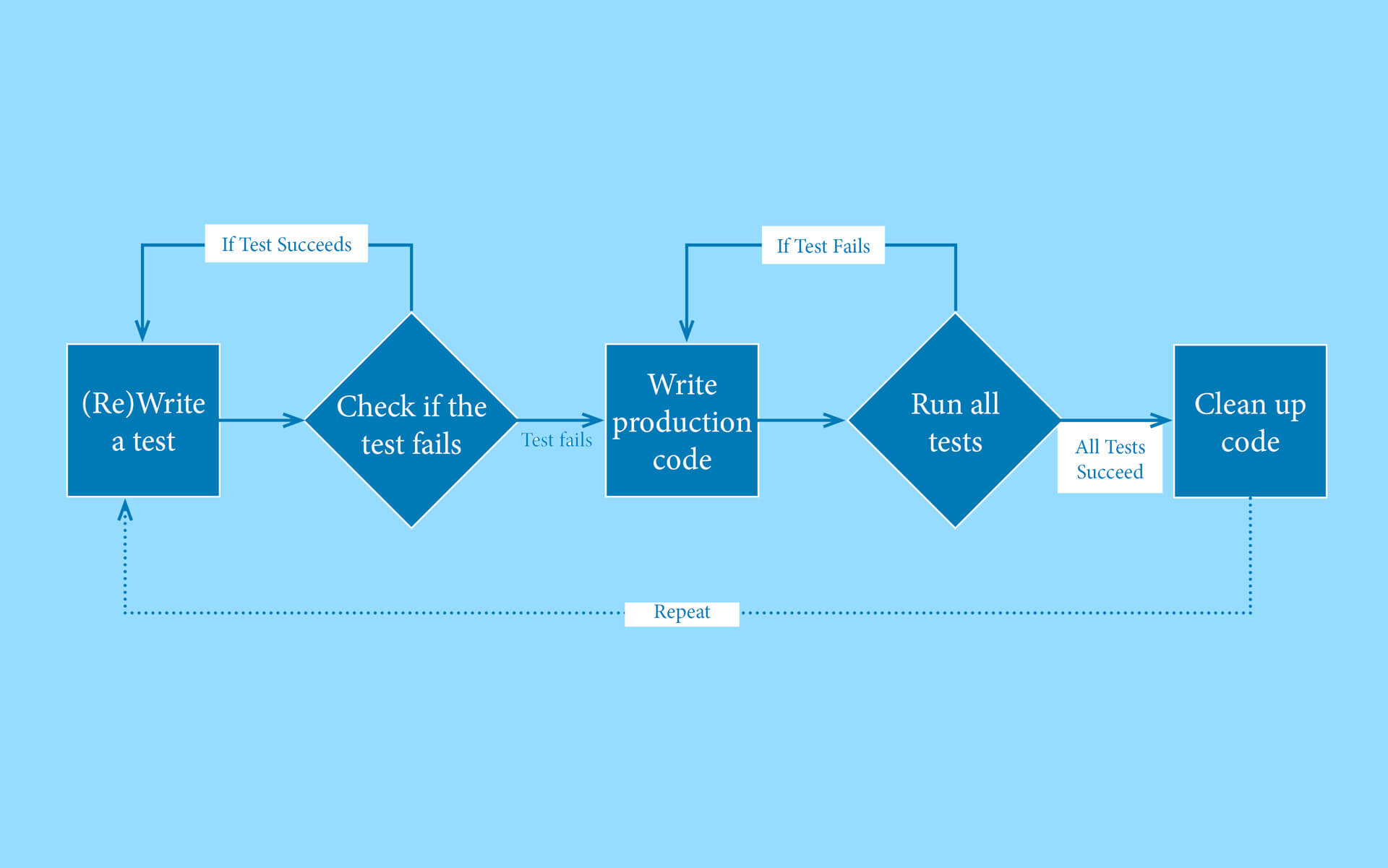
A Deeper Dive Into TailwindCSS
July 11, 2022
What Is Test Driven Development?
July 25, 2022What is software testing?
Software Testing is the process that follows when software has been written, in order to verify and evaluate if the relevant product does what it is supposed to do. These verification and evaluation guidelines are provided by stakeholders, a client, or any other authoritative party responsible for the product.
Through the process of software testing, the detection and removal of software bugs increases significantly. As a result, the quality of the product is improved and less prone to cause issues in the near future.
Benefits of Software Testing:
- Reduced development costs
Undetected bugs can lead to more time being spent to locate and fix the bug after deployment. More time and resources used, means more money spent. Testing software during the development phase, allows you to locate and fix bugs much sooner and therefore avoid unnecessary costs. - Possible increase ‘selling’ costs
As you are locating and removing bugs sooner rather than later, you improve the quality of your product. This puts you in a position to possibly increase the cost of the product, as it is higher in value. - Good Reputation
Providing products to clients which constantly need to be rolled back due to bugs, may not be the best for a company’s reputation. Although continues maintenance is necessary, providing a product which does not require major maintenance frequently, will improve your reputation. - Uphold User Experience
This point speaks for itself. Users love a fast, smooth and functioning product. With so many alternative apps/websites available, users will easily gravitate to the one which performs the best.
Types of Software Testing:
- Unit Testing
The smallest testable component of an application is called a Unit. Unit testing verifies if each software unit works as expected. - Functional Testing
Based on the functional requirements provided, these types of tests test the functions by simulating business scenarios. - Regression Testing
This type of testing is used when new features have been added to the application. Regression tests are performed to check if the newly added features affected the previous functioning app in any way. - Performance Testing
These types of tests check how the application/software performs under an excessive amount of load or stress.
As developers focus on developing the normal, logical and required functionality of the software product, there might be some ‘developer bias’ when it comes to testing their own product. It would be useful to have dedicated individuals, like Functional Testers or QA Engineers, test the software product. This will remove any ‘developer bias’ that there might be during the testing process. These individuals will test the product in a more non-logical way in order to see how the product will respond to user interactions that were possibly not accounted for.
The testing of software products should be included in all Software Development Lifecycles as it generally improves the quality of said product and avoids unnecessary costs that might occur in the future. This leads to increased business and client confidence, which in return will be beneficial to both parties.









